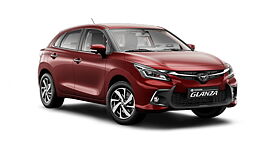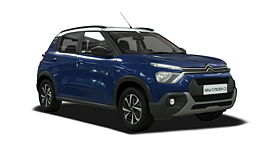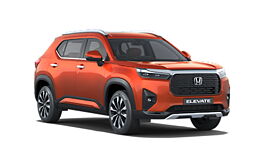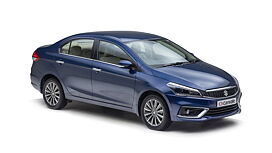True Value for Money- Indigo CS LS TDI & Dicor
User Review on Tata Indigo CS [2008-2011] LS TDI
2.0 Exterior | 4.0 Comfort | 4.0 Performance |
4.0 Fuel Economy | 4.0 Value for Money |
The world’s cheapest saloon, the Indigo CS, gets Tata’s common-rail diesel engine (Dicor), and a lot of tweaks to improve the overall package. The CS DiCOR does cost Rs 50,000 more than the existing Indigo CS TDi’s Rs 4.41 lakh, but it is still cheaper than its nearest saloon rival (the Swift Dzire LDi) by a substantial Rs 60,000.
Almost everything about this diesel motor is the same as on the Indica/Indigo DiCOR. It uses the same variable geometry turbocharger, the same 1600-bar common-rail direct injection system, the same twin overhead camshafts and also injects fuel into the cylinders thrice during each combustion cycle. It even uses the same gearbox and, importantly, the shorter gear ratios of the Indica DiCOR. However, there are a few key changes to this engine (from the Indigo DiCOR’s) that improve refinement levels. The engine head covers have been modified and the valves have been optimised to reduce noise. There’s also more material in the firewall (the bit that separates the engine bay from the cabin) to block excess noise from getting to your ears.
The CS feels different from its bigger brother. The tendency to stall is still there, as the engine falls below 1000rpm quite easily. However, once past this, throttle response is perky, and as long as you stay above 1400rpm, part-throttle response is peppy as well. The regular Indigo DiCOR has a lot more lag, something that seems to have been sorted on the CS, thanks to the shorter gears. Flat-out performance is adequate, the CS DiCOR getting to 100kph in 14.9 seconds, but it feels a lot faster than this thanks to the minimal lag in throttle response.
Out on an open road, the CS DiCOR will run to a true 166kph before the engine runs out of breath. And thanks to the short gearing, the engine spins at 2400rpm at 100kph, bang in the middle of its powerband. This means that in most cases, all you need to do to overtake is tap the throttle. We are really thrilled with the improved driveability, because it reduces the need for a gearshift when you need to up the pace. However, the imprecise and rubbery gearshift has been carried over from the regular Indigo; it’s a serious shortcoming in every Indica-based model.
However, the car is certainly more silent. The tweaks to the engine have resulted in a slight improvement over the regular Indigo DiCOR. Yet, you can still hear that familiar gravelly note that is characteristic of the DiCOR motor. It is still lags way behind the Swift Dzire or a Mahindra Logan diesel in terms of refinement.
What we do appreciate is the CS’ improved ride. Tata engineers have played around with the spring rates (made them stiffer) and changed the viscosity of the oil in the dampers and this has made a world of difference. The biggest is the refined feel of the suspension. Handling too has improved, thanks to the suspension tweaks. Body roll is well controlled around corners, and minor adjustments to the steering have improved the on-centre feel, thereby taking the uncertainty out of where the car is heading in a corner. Bottom line, is it worth forking over money for? It meets the needs of interior space, has a boot, a peppy engine and overall fuel efficiency is good as well (15.05kpl). However, its equipment list is short, with only power steering and airconditioning as standard. It doesn’t have power windows, central locking or a rear defogger. The CS DiCOR is available only in this LS trim Model
Still rough around the edges, the Indigo CS DiCOR doesn’t quite hit the spot in terms of general quality and finesse. However, if you want a big car but are on a tight budget, this car delivers all the must-haves.
Legspace , power in Dicor, Improved Suspension,Fuel Efficiency.Outdated Bonnet Style, Bad Plastics, No Cent/Lock & Power windows.Reviews you may also consider
- Home
- Tata Cars
- Indigo CS [2008-2011]
- User Reviews
- True Value for Money- Indigo CS LS TDI & Dicor








